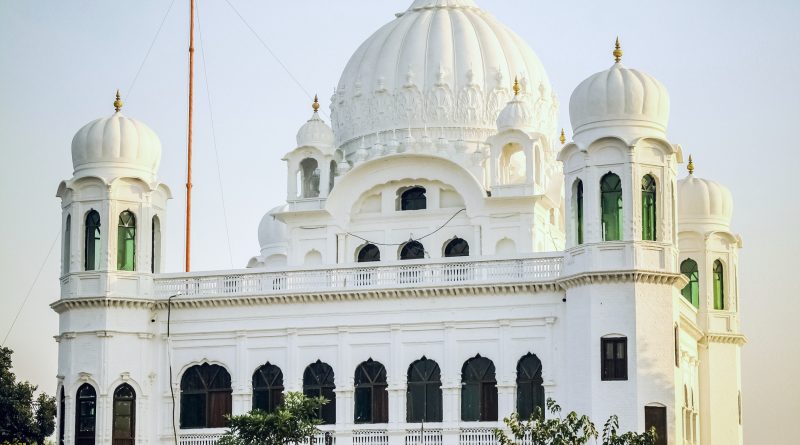Pakistan Opens Borders to Indian Sikh Pilgrims for First Time in History
Joaquin Matamis
Staff Writer
Last week, the Indian-Pakistan Kartarpur corridor finally opened for Sikh pilgrimage. The opening of the corridor, a 2.5-mile visa-free border crossing, symbolizes a rare show of bilateral cooperation between the two feuding nations. Since its inauguration on November 9, the Kartarpur corridor unites the neighboring Punjabi territories of India and Pakistan, allowing Indian Sikhs to visit the Gurdwara Darbar Sahib Kartarpur, an important shrine of Sikhism founder, Guru Nanak.
These developments echo sentiments made by Pakistani prime minister Imran Khan just a year ago, who promised to have the corridor open in time for Guru Nanak’s 550th birthday, as Gulf News reports. While the aptly-named “corridor of peace” seeks to restore the cultural heritage of India and Pakistan, it comes at an unusually tense and unprecedented time in light of the two countries’ history and recent scuffles.
Since the British decolonization of India and the partition of Pakistan in 1947, the two countries continue to be at odds. With the Hindu majority population living in India and the predominantly Muslim population living in Pakistan, both countries suffer from numerous cultural and military conflicts, with mutual resentment and disagreement plaguing the collective memories of both societies. This year alone, marks an increase in conflict between the two nations, with Indian airstrikes ordered in response to attacks in Indian-controlled Kashmir by Pakistan-based armed groups, BBC News recalls. The opening of the Kartarpur corridor may alleviate the tensions, especially for the repressed Sikh minority on both sides of the border.
Nevertheless, people are skeptical about the implications of the corridor and even the prospects of lasting peace. Shah Mahmood Qureshi, Pakistan’s foreign minister, said in an interview with Al Jazeera, “There is no back-channel. We’ve had wars, things have been worse than this, but things are bad. For any sane mind, it is concerning.”
The corridor is one of the first olive branches Pakistan offers India, but uncertainty over whether the country’s intentions are peaceful or purely political brings its authenticity into question. Haroon Khalid, the Pakistani author of “Walking with Nanak” told CNN, “Pakistan wants to promote its soft image. The government is waking up to heritage sites in the country and the potential of money coming in from the Sikh diaspora.”
On the opposite side, Indian sentiments towards the corridor are equally skeptical if not even more concerned. As Quartz notes, the Kartarpur corridor may simply open old wounds, especially regarding India’s Operation Bluestar in 1984, a military operation against Sikh militants that saw a siege of the Harmandir Sahib, the most important temple in Sikhism. This directly led to the assassination of Indian prime minister Indira Gandhi and the anti-Sikh movement that followed shortly after. For some Indians, the Kartarpur corridor may only inspire future Sikh-separatist attacks or influence across the border.
On Twitter, Brahma Chellaney, an Indian author and geostrategic thinker, said, “Pakistan not only exports terrorism to India but also has downgraded diplomatic relations with India, suspended bilateral trade, and cut off transportation links and postal services. Yet India agrees to sign a pilgrims’ corridor agreement with Pakistan on the latter’s terms.”
While tensions run high between India and Pakistan, the corridor still promises at least some relief in the cultural and religious conflicts among Hindu, Muslim, and Sikh interest groups. Despite the recent conflict between India and Pakistan, the nuclear neighbors have found common ground in providing the Sikh with the right to pilgrimage and practicing their beliefs, a huge step towards religious tolerance and bilateral cooperation. It cannot be denied that the history of India and Pakistan is bloody and war-torn, but the future may finally see an end to ethnic strife between the two countries.

